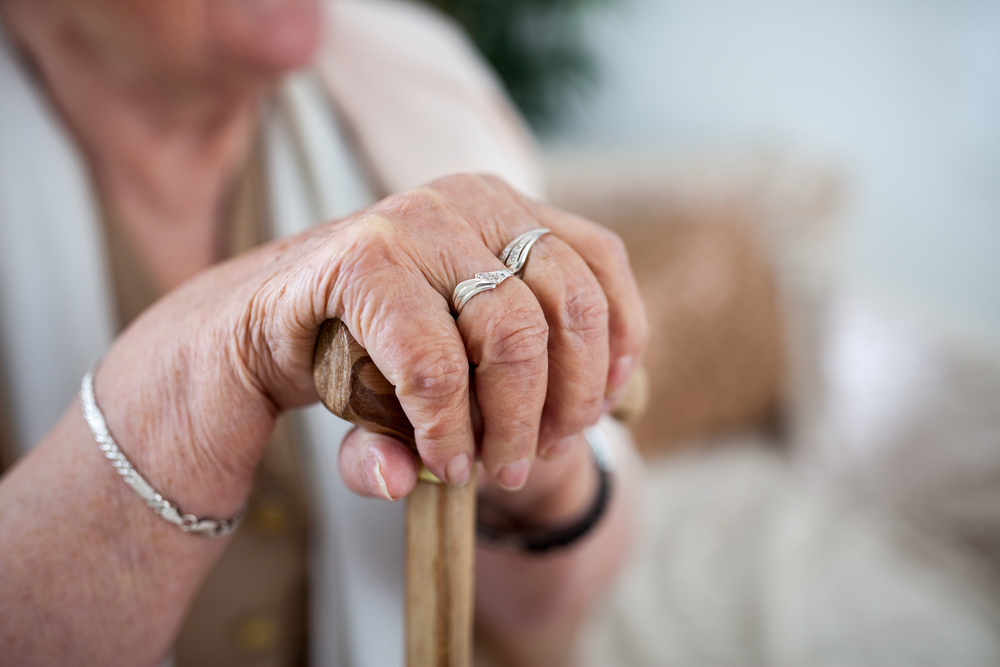In the rural areas of Ethiopia, women traditionally prepare the food, collect the fuel and take care of the children. PhD student Kaleb Jada found that the improved cookstoves replacing traditional fires save time, fuel, and lives.
The traditional open cooking fires in rural Ethiopian households were inefficient and harmful. They required much wood and biomass as fuel and caused indoor pollution leading to health problems such as lower respiratory tract infections. Improved cookstoves are promoted to change this situation. In his PhD, Kaleb Jada (Development Economics) examined if improved cookstoves can also contribute to food and nutrition security, which is key to reducing malnutrition.
Save time
The improved cookstoves reduce indoor pollution and require less fuel, lowering greenhouse gas emissions and deforestation. However, they also improve nutrition and food security. They do so especially by saving a lot of time for the women in rural households, found Jada based on data from 4,338 households, collected in 2014 and 2018. ‘In the Ethiopian rural context, this innovation affects women disproportionately because the preparation of food and collection of fuel are traditionally tasks for women,’ he says. The new cookstove shortens the preparation time of food. Women also need to collect wood less often because the stove is more energy-efficient.
Women are more likely than men to spend their income on the household, leading to better nutrition and food security
Kaleb Jada, PhD at Development Economics
This saves time, which women may use to start small businesses. ‘They are more likely to engage in paid work and generate income,’ explains Jada. However, he adds that his study only concerns a small sample. ‘Women are more likely than men to spend their income on the household, leading to better nutrition and food security.’ For example, households with these stoves consumed more diverse foods and more food with vitamin A. The improved diet reduces malnutrition and can prevent non-communicable diseases such as diabetes, heart disease, strokes and cancer.
Local materials
The main challenge in adopting the stove is the price for purchase, Jada learned from interviews. Government subsidies would be an ineffective, short-term solution. ‘Rather, the government can leverage the use of cookstoves by training people to build them themselves from local materials.’ His results can be used to convince more people to use the stoves. The benefits of the stove for nutrition and food security were not established before and add to the environmental and health benefits.

 The Mirt stove, an improved cook stove used in Ethiopia. Photo GIZ Energy Coordination Office
The Mirt stove, an improved cook stove used in Ethiopia. Photo GIZ Energy Coordination Office 

